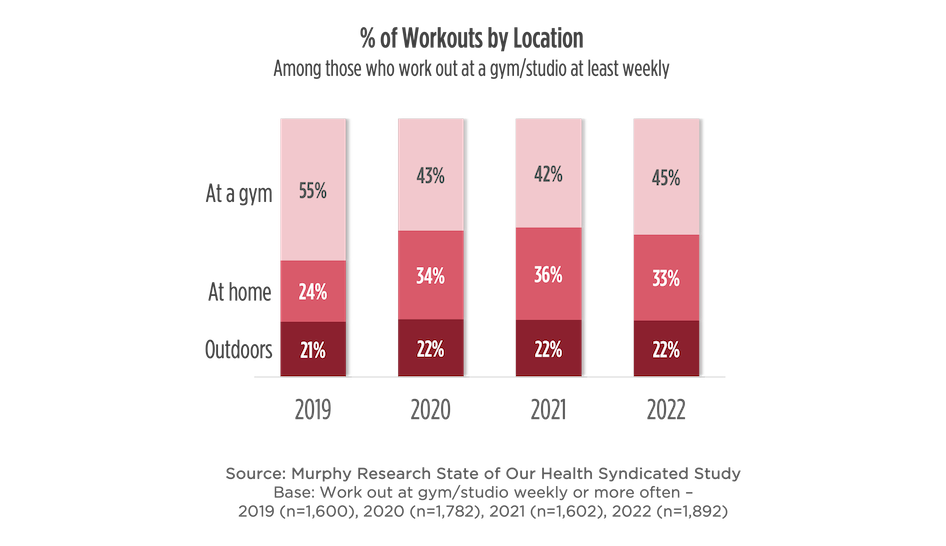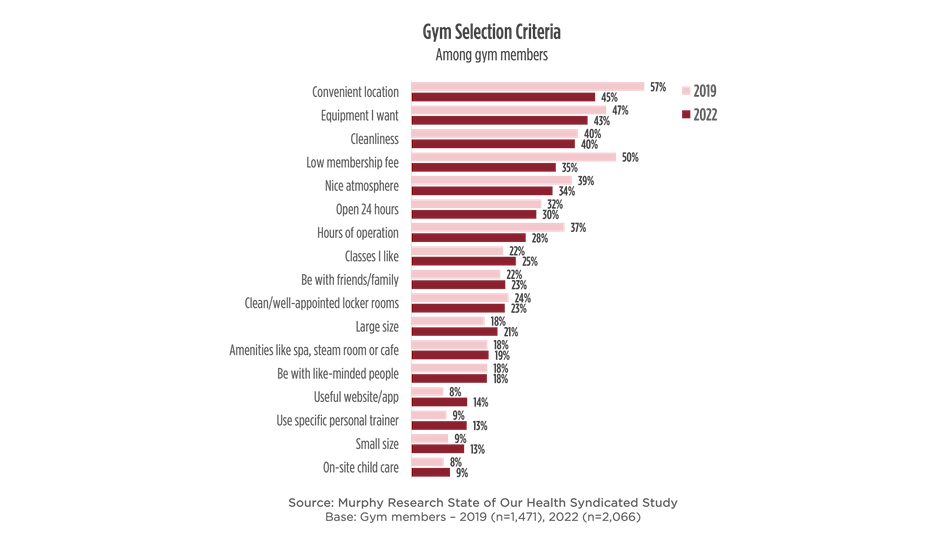As we begin another year, it’s helpful to remember how different things are now than they were at the start of 2022. Last January began with masks, social distancing, and widespread illness as the Omicron COVID-19 variant surged around the world.
However, 2022 ended as the most normal holiday season in three years, with travel, spending, and socializing at near pre-pandemic levels. But even though life in the U.S. seems much more normal now, that normal is not the same as in 2019, so expecting consumers to revert to their pre-pandemic habits is unrealistic.
SInce 2018, the State of Our Health research program has tracked these changes and their impact on Americans’ health, fitness, and eating habits. State of Our Health is the largest and most comprehensive information source on food, fitness, and mindfulness in the U.S., drawing on objective quantitative and qualitative research and data.
The good news is that Americans are as engaged with exercise as ever, in some ways even more so. The challenge for the fitness industry, however, will be maintaining stability as consumers are still experimenting with an abundance of options. Let’s take a look.
What’s Different for Fitness Consumers Now
Fitness engagement, which we define as the number of Americans who report exercising or tracking their fitness at least once a week, is much more dynamic now than pre-pandemic. More people are moving in and out of the category, which comes with picking up and dropping habits quite frequently. Before the pandemic, fitness engagement was steady, with some seasonal patterns but none of the volatility we’ve seen in the past few years.


